Increasingly, school administrators and teachers are recognizing the importance of celebrating diversity in the classroom. This recognition has come from the realization that not all students learn in the same way, and that teachers have a responsibility to create and apply educational approaches and strategies that fit the needs of every student. This theory is especially relevant when considering indigenous students. Because the traditional Western system of education does not always align with Indigenous educational pedagogy, indigenous students have experienced distinct disadvantages in the classroom. The new arrivals on feature this month will help to guide teachers and administrators in the creation of culturally competent classrooms.
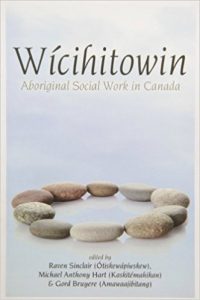 The first item on the list is the edited work Wícihitowin: Aboriginal Social Work in Canada. This item is a useful guide for creating classroom environments that respect Indigenous culture and pedagogy. By outlining a theoretical framework that recognizes the impact that colonization has had on Indigenous students, Wícihitowin works to enlighten administrators and teachers to the reality of modern education and the changes that could be made to empower these students. This book takes into account colonialism, racism, and ableism in order to promote an intersectional approach to healing.
The first item on the list is the edited work Wícihitowin: Aboriginal Social Work in Canada. This item is a useful guide for creating classroom environments that respect Indigenous culture and pedagogy. By outlining a theoretical framework that recognizes the impact that colonization has had on Indigenous students, Wícihitowin works to enlighten administrators and teachers to the reality of modern education and the changes that could be made to empower these students. This book takes into account colonialism, racism, and ableism in order to promote an intersectional approach to healing.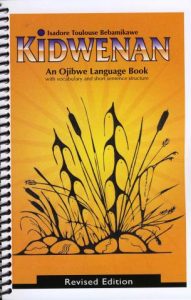
One strategy in creating the culturally competent classroom involves the recognition of Indigenous culture and language. It can be said that this was Isadore Toulouse Bebamikawe’s motivation in creating the next book on feature this month: Kidwenan. Now in its third edition, this Ojibwe language book was created in order to promote the presence of Indigenous culture and learning materials in North American classrooms. This book instructs readers in Ojibwe vocabulary and short sentence structure. It also includes an instructional CD.
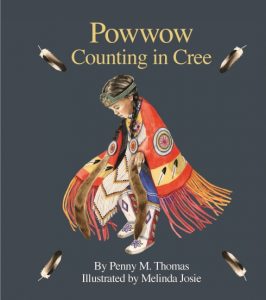 Powwow Counting in Cree by Penny Thomas is a beautifully illustrated children’s book meant to both celebrate and teach the Cree language. With the inclusion of visual aids, this book teaches readers how to count to ten in Cree. By doing so, this item helps to promote and celebrate the Cree language while also alluding to different aspects of Cree culture through its many illustrations. This item is a great tool for teaching the importance of the recognition of Indigenous people’s culture like that of the Cree First Nation.
Powwow Counting in Cree by Penny Thomas is a beautifully illustrated children’s book meant to both celebrate and teach the Cree language. With the inclusion of visual aids, this book teaches readers how to count to ten in Cree. By doing so, this item helps to promote and celebrate the Cree language while also alluding to different aspects of Cree culture through its many illustrations. This item is a great tool for teaching the importance of the recognition of Indigenous people’s culture like that of the Cree First Nation.
Acting as an in-depth analysis of the issues concerning the educational experience of 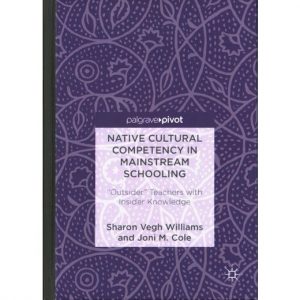 Indigenous students in North America, Native Cultural Competency in Mainstream Schooling: ‘Outsider’ Teachers with Insider Knowledge works to dismantle the questionable legitimacy of an education system that has thus far privileged a Western way of knowing. To begin, the authors of the text discuss what is referred to as “mainstream schooling” and its historic relationship with Indigenous peoples. They then analyze the barriers to academic success that Indigenous students face and how those barriers are grounded in the cultural incompetency of the current educational system. By emphasizing the needs of Indigenous students, students that attend reservation border town schools specifically, this item contains great theories that can be used to empower Indigenous communities.
Indigenous students in North America, Native Cultural Competency in Mainstream Schooling: ‘Outsider’ Teachers with Insider Knowledge works to dismantle the questionable legitimacy of an education system that has thus far privileged a Western way of knowing. To begin, the authors of the text discuss what is referred to as “mainstream schooling” and its historic relationship with Indigenous peoples. They then analyze the barriers to academic success that Indigenous students face and how those barriers are grounded in the cultural incompetency of the current educational system. By emphasizing the needs of Indigenous students, students that attend reservation border town schools specifically, this item contains great theories that can be used to empower Indigenous communities.
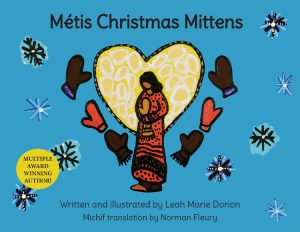 The last item to be featured is the children’s book Lii Mitenn Michif di Nowel (Métis Christmas Mittens) by Leah Marie Dorion. This story highlights the cultural importance of the Christmas mittens that Métis people traditionally make around Christmas time. With its richly coloured and highly-textured illustrations, this item works to instruct readers on an important aspect of Métis culture. While doing so, this book also highlights the significance of the materials and symbols used in the production of these mittens.
The last item to be featured is the children’s book Lii Mitenn Michif di Nowel (Métis Christmas Mittens) by Leah Marie Dorion. This story highlights the cultural importance of the Christmas mittens that Métis people traditionally make around Christmas time. With its richly coloured and highly-textured illustrations, this item works to instruct readers on an important aspect of Métis culture. While doing so, this book also highlights the significance of the materials and symbols used in the production of these mittens.
As an institution that provides outstanding information service, the OISE Library is constantly acquiring new materials so to keep up with the many changes within the academic and professional fields of Education. Feel free to check them out by visiting the “New Arrivals” section that can be located on the main floor of the OISE Library beside the circulation desk.
